The President of Mozambique Daniel Francisco Chapo meets Eni CEO Claudio Descalzi
Mozambique: 400 sq kilometres of Inhambane beach to be mined – By Joseph Hanlon
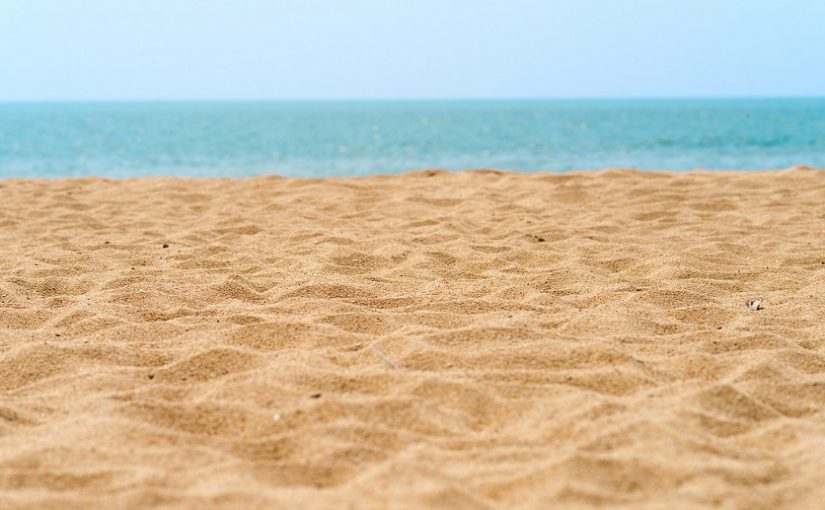
Representative image
Mozambique’s famous beaches are being fought over between tourists and miners. Those beaches are “one of the most attractive undeveloped mineral sands deposits in the world,” according to David Archer, chief executive officer (CEO) of the British company Savannah Resources. In partnership with Rio Tinto, Savannah this year has been given a 400 sq kilometre area (equivalent to a block 20km on each side) on Inhambane beach in which it will strip the ancient sand dunes to extract titanium (mostly to make white paint) and zircon (used in foundry casting as well as nuclear fuel rods, catalytic fuel converters and in water and air purification systems.) Savannah has applied for another 138 sq km in the same area.
The concession include 20 km of the main north-south N1 road between Inharrime and Maxixe, as well as part of the link road through Jangamo to Inhambane. This is a coastal area of lagoons popular with tourists. The Savannah press release with a good map is HERE.
There are three other heavy sands miners in operation. The Irish miner Kenmare was the first and has been mining on the coast further north, in Moma, Nampula, since 2007, where it produces 7% of the world’s titanium.
The Chinese miner Haiyu’s heavy sand mining operations have been sieving the coastal dunes in Angoche, Nampula, since 2011. Amnesty International in 2018 said Haiyu altered the coastal landscape so severely that it is responsible for flood damage in 2015 that destroyed 48 homes. Haiyu was accused of bulldozing sand dunes, clearing vegetation, dumping mining waste over a wetland, and burying two major lagoons and the waterways that connected the lagoons to the sea. Fishers along the coast have lost their livelihoods. China’s Ministry of Foreign Affairs denied the charge. Haiyu wants to open a new mine near Vilankulu, Inhambane. https://qz.com/africa/1430196/sand-mining-in-mozambique-by-chinese-firm-destroys-lives/
Chinese company Dingsheng Minerals, owned by Anhui Foreign Economic Construction, began heavy sands mining in Chibuto. Gaza in 2017 and expects to process 100,000 tonnes of sand a day. The concession is 100 sq km and 1500 households will have to be resettled.
Prospecting licences for titanium for the entire coast from Pemba, Cabo Delgado south to the Zambeze river and from Inhambane city south to Xai Xai have already been issued. British MRG Metals wants a 20 sq km mining area near the village of Koko Masava, Gaza, in an important agricultural zone.
The Ministry of Mineral Resources has posted an excellent map of all mineral tenure and mining contracts, and it is possible to click on each one for details. It is on https://portals.landfolio.com/mozambique/en/ and is up to date. Perhaps most remarkable is that the map shows that all of Cabo Delgado that is not national park has been licensed for mining, gas, or prospecting. There is nothing left for people or farms.


By Joseph Hanlon


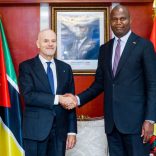




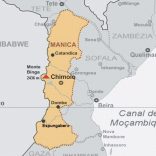
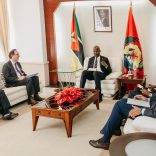
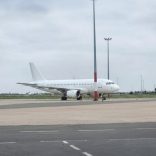



Leave a Reply
Be the First to Comment!
You must be logged in to post a comment.
You must be logged in to post a comment.